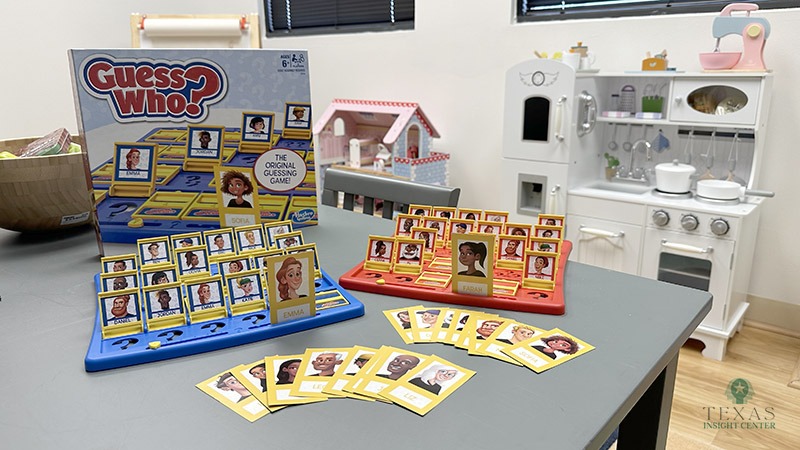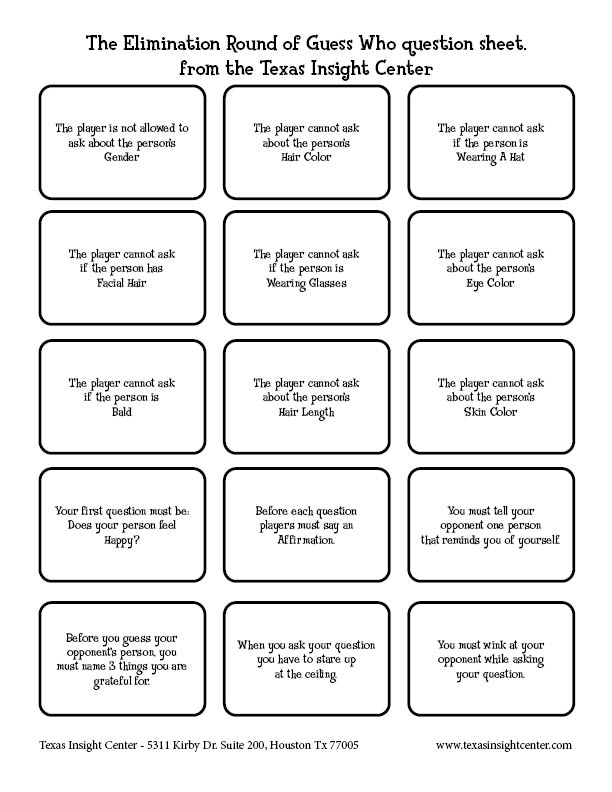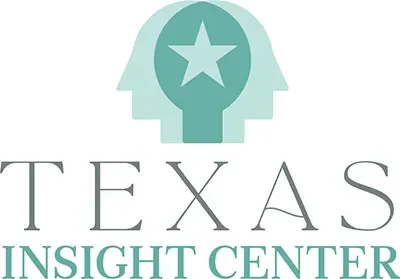
Play therapists love sharing how they use toys and games in their sessions with parents and other professionals. What I find most helpful is encouraging families to incorporate some of the play therapy games and toys we use at home. Parents using these same play patterns mirror the nurturing environment in the therapist’s office. Guess Who is one of my favorite games to encourage parents to play at home with their children. And it is surprising how there is so much more to Guess Who than you might imagine.
Play therapy is a form of therapy where we use toys to engage a child in their world and provide space for them to explore their emotions and conflicts through play. One of the ways we help explore their world is through playing games like Guess Who. Guess Who is the classic game of yes or no questions to narrow down your opponent’s person of choice. There are various versions, but the traditional version is the one I use the most. This version is also the one I will be referencing going forward.
There are about 6 questions to win at Guess Who
If you are familiar with Guess Who, you already know there are about 6 basic questions that can get you narrowed down to the right person. These include:
Is your person a girl/boy?
Does your person have brown/black/red/blond hair?
Is the person wearing something on their head?
Does the person have facial hair?
Is the person bald?
Does the person wear glasses?
Now we can change things up.
The basic gameplay is always a great way to start playing and establishes an environment of fun. After the first round, I like to mix things up a bit and use more detailed questions about the features of each person. This isn’t to be tricky, only a way to introduce the concept of perspective to a child. Children adapt to changes quickly when having fun, and this round of questions will get their minds working. I use questions like this:
Does your person have 5 letters in their name?
Does your person’s name start with a vowel?
Is your person facing right/left?
Does your person show only one earring?
Is your person smiling?
Can you see your person’s teeth?
The beauty of adding these questions also facilitates creative thinking. But there is yet another entertaining way to play. I call it the Elimination Round.
The Guess Who Elimination Round!
Therapy for all ages is a great place to explore the “hear and now” of our environment. What happens within the room with a therapist and the emotions or defenses that come up can be paralleled to your outside world. Play therapy games can also bring up emotions, behaviors, and defenses we rely on daily. One of these scenarios includes frustration tolerance. I use gameplay to create a little frustration and then use the game as an opportunity to change perspectives, problem-solve, self-regulate, and communicate. That is where the elimination round comes in.
Before the next round, I will eliminate possible questions. For example, I may say that we can no longer ask any questions about the person’s gender or hair color. Your child will likely argue a little or even say playing will be impossible. This is a great time to encourage trying something new and finding a new way to play. And if you are keeping score, tell them this round won’t count until they are used to the changes. Either way, you are helping your child face a challenge end experience a new way to communicate.
It’s All In The Cards!
While there are a limited number of questions you can truly remove, you can also stack the elimination questions to bring in even more challenges. However, this can get confusing, and I can easily forget what questions were eliminated. So I have made a set of cards that I keep in my Guess Who box. I even have a copy of the cards below so you can print them out and use them yourself. And for a bonus, a few other cards have fun additions to the rules of asking questions.

So now you have a new way to play, making it even more helpful for kids navigating this wild world. Let me know if you try it out, and good luck. Those kids can be brutal when they win!
